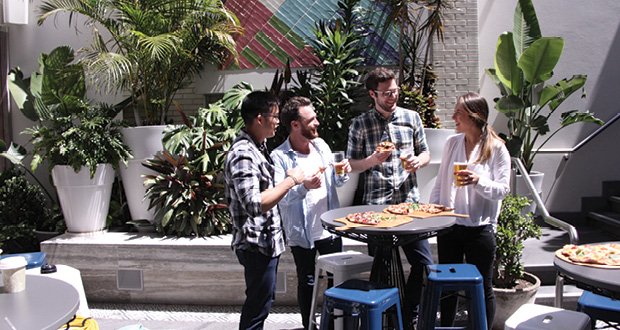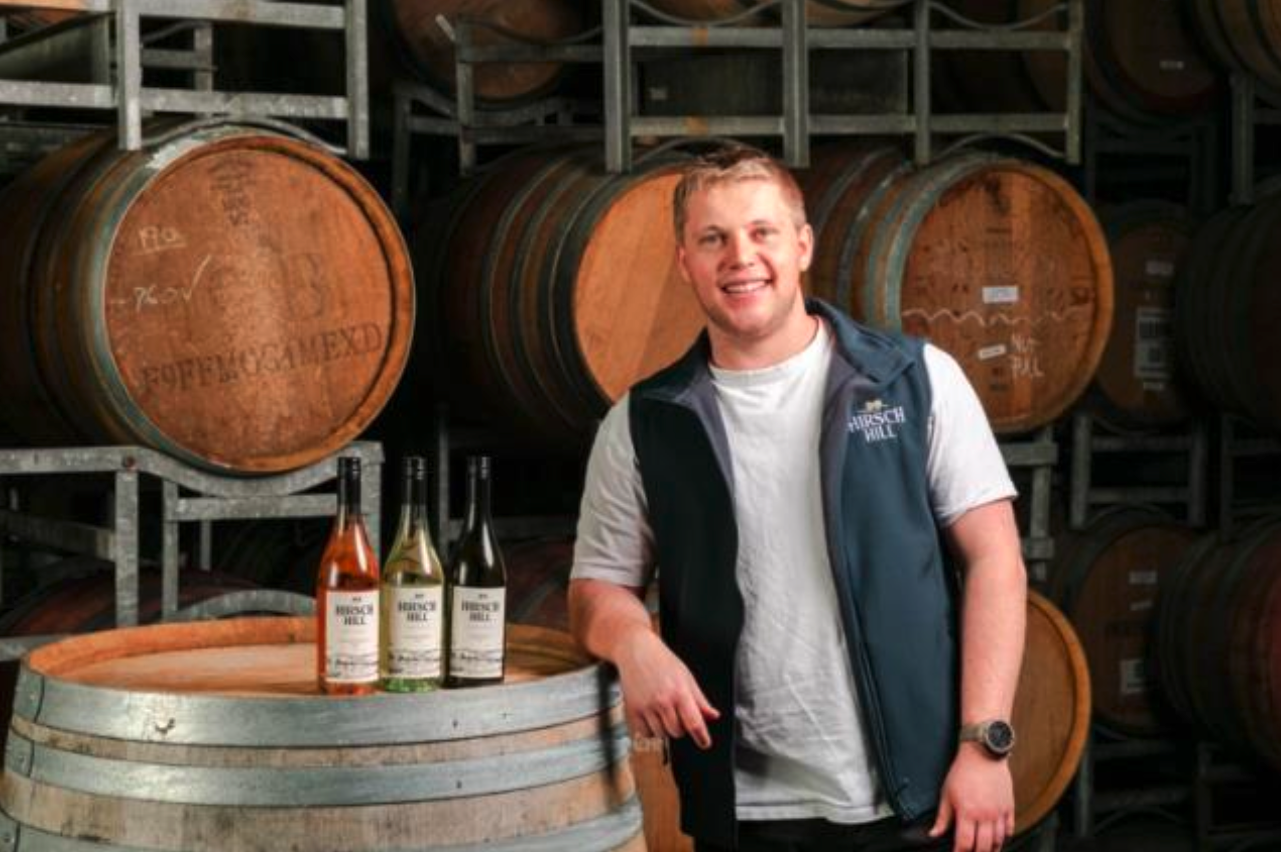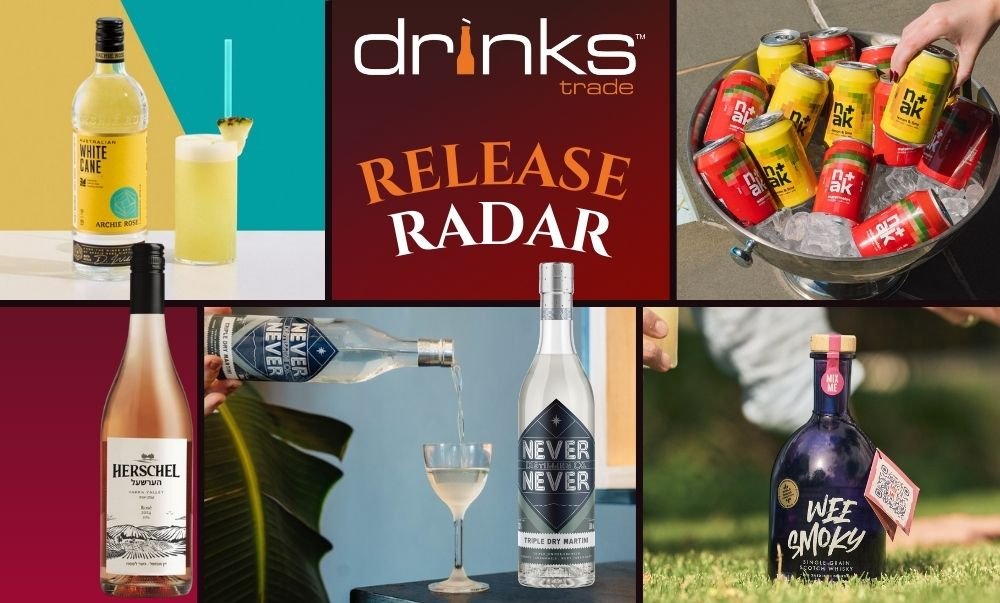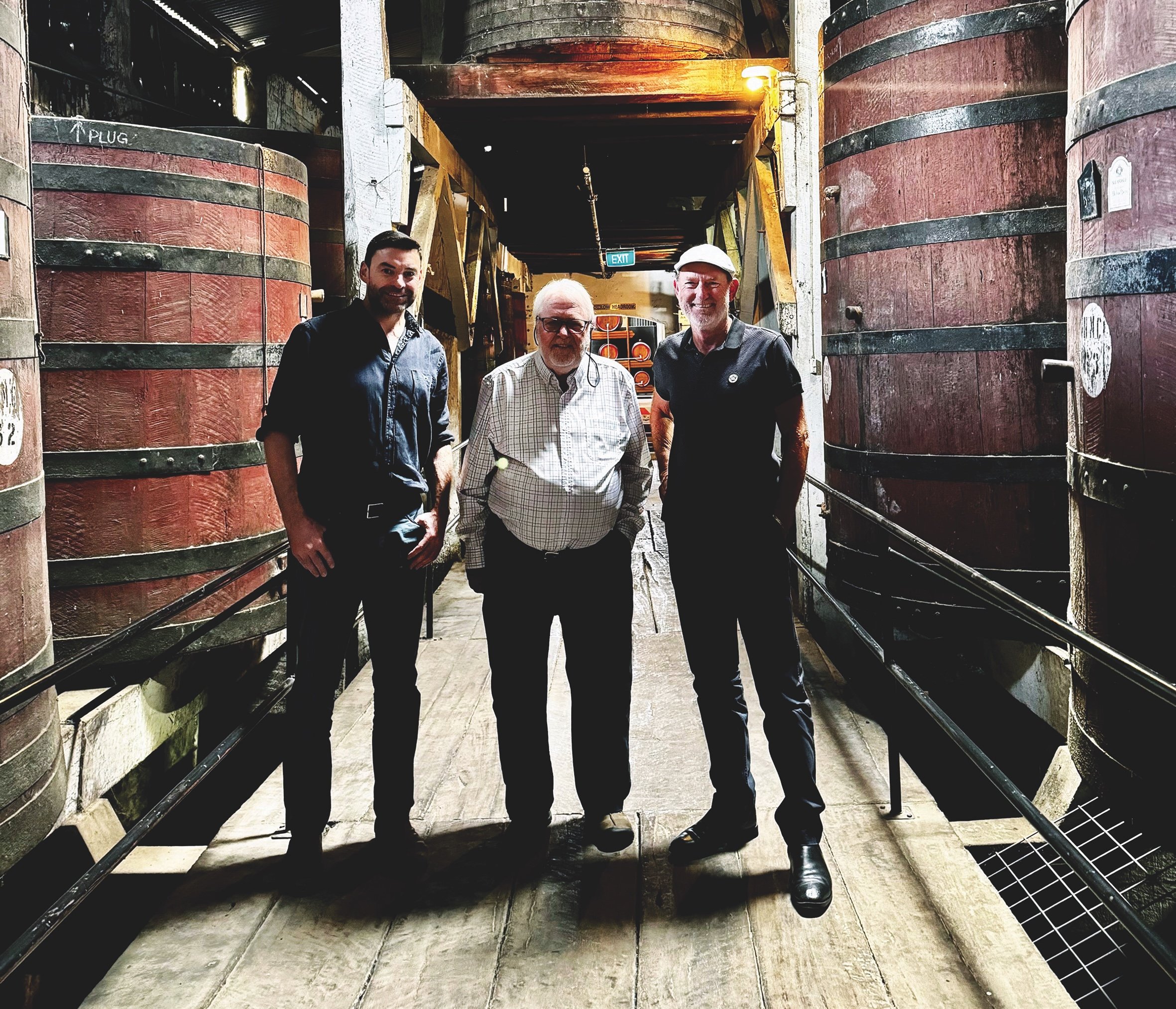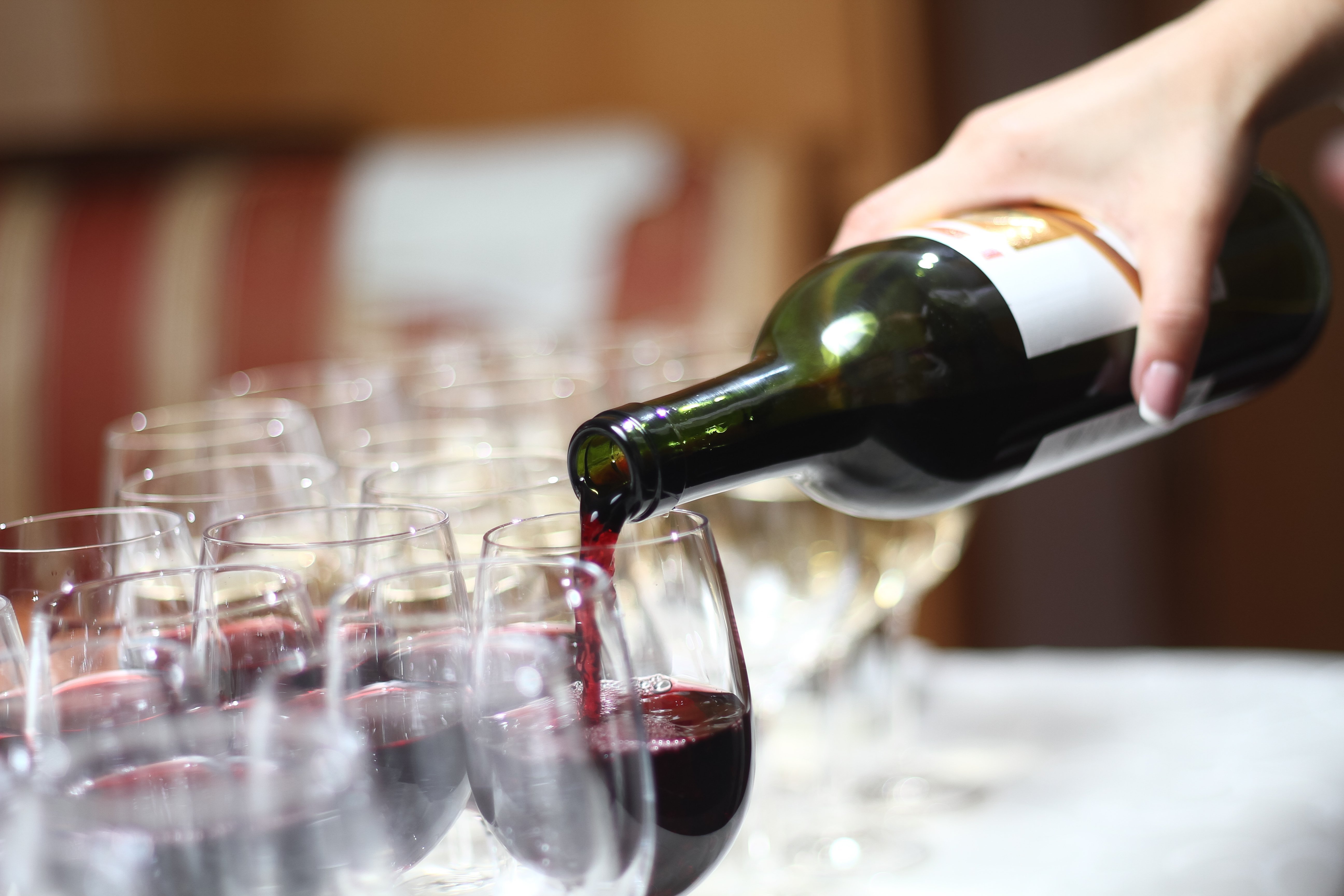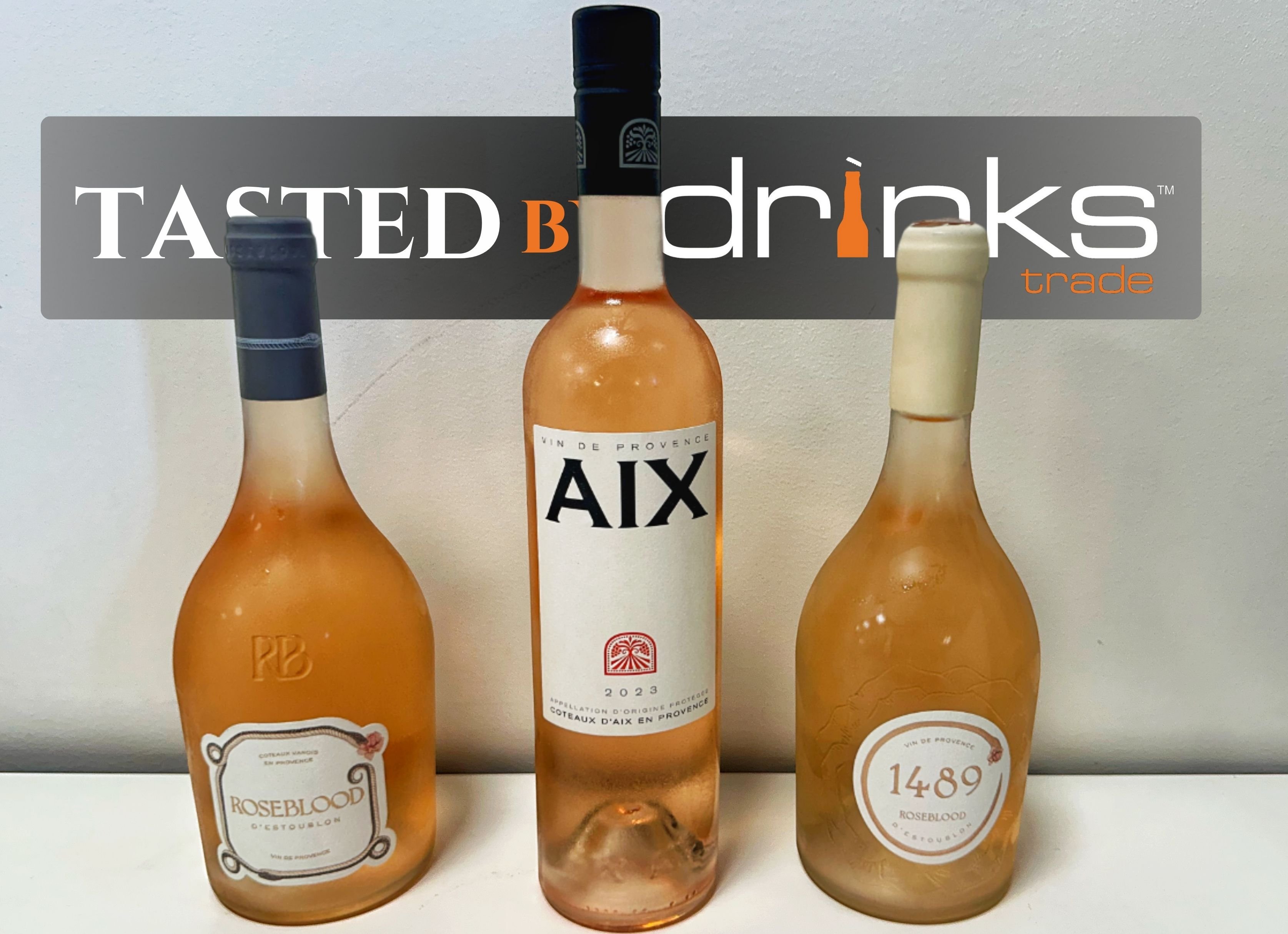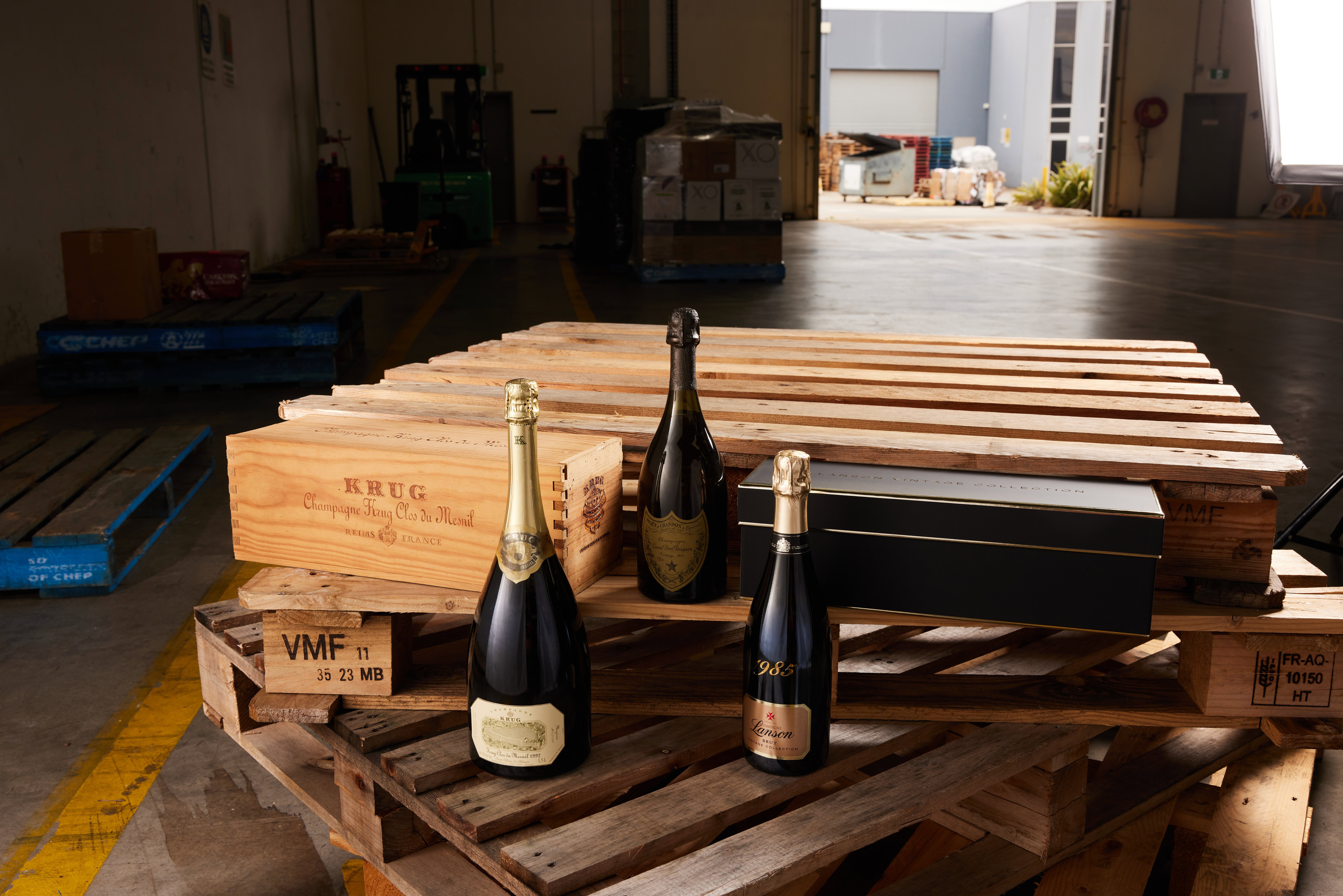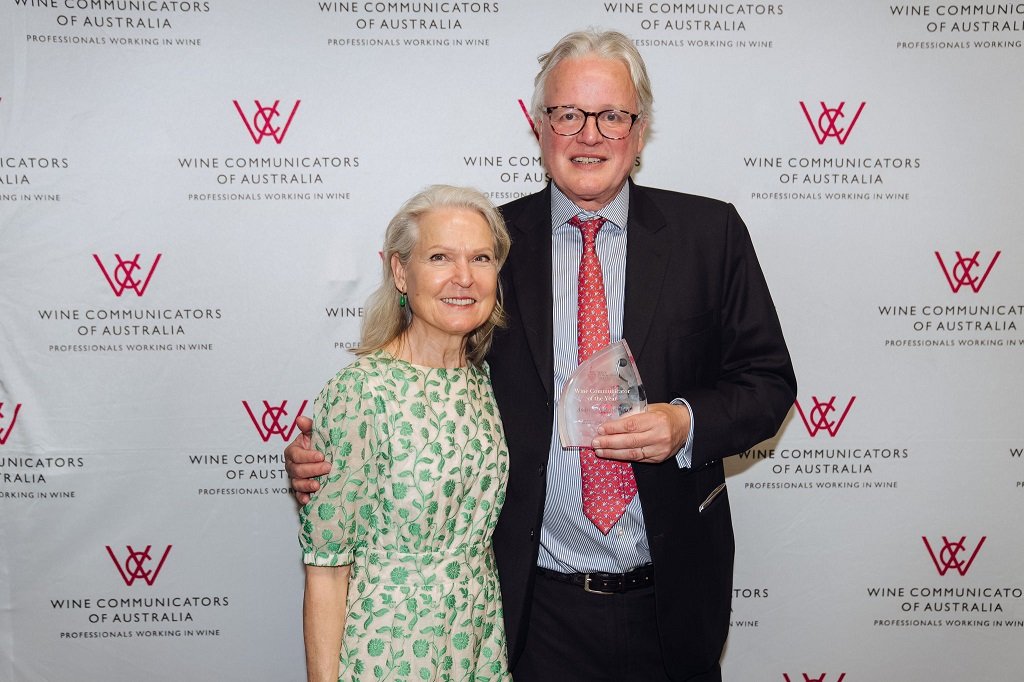Pairing food and alcohol is often seen as a daunting task, but when you take away the pressure and don’t give it much thought, you realise that it’s actually something we do every day.
Naturally, we know that a dessert wine doesn’t go well with dinner and that a schooner of stout might be too heavy for a certain dish. So when it comes to making these decisions consciously and exploring new combinations, it’s really about listening to your instincts and following a few useful tips.
First and foremost, as much as we can recommend, if a customer knows what they like and what they don’t like, they should always be given the option to switch things up. As Head Chef Sam Tingle at The Endeavour Tap Rooms puts it, "It’s pretty hard to enjoy a pairing that is not to your taste." If chardonnay isn’t your customer's favourite wine, but pasta carbonara is their favourite dish, suggesting they should go together won’t make the wine anymore enjoyable. Think of it like this - if it’s not something your customers like alone, they probably won’t like it together.
Another good starting point is to choose drinks that either contrast or mirror the flavours in your food. The basic principle in contrasting is to create two different experiences on the palate. An example of this would be to pair a full-bodied, warm wine with a cold platter of cheese. Acidity is also great for contrasting richness in your food. In a cocktail, this could be from lemon or lime juice, and when paired with fatty foods it cleanses the palate. For mirroring however, you want to pick flavours that demonstrate continuity; look for peppery nuances in a dish to pair with a warm and spicy shiraz for example, or fruity flavours in a cocktail to match with a fruit dessert.

It’s also important to consider sweetness, and not just in a dessert. Foods like caramelised onions, pad Thai, and barbecue pork ribs have sweet characteristics that when paired with dry alcohol can taste thin and bitter. An off-dry wine though, or a beer that has some residual sugar will bring out the best in these dishes. If it’s the drink however that is sweet, then look towards spicy dishes to enhance the aroma and counter that candied flavour.
These tips are just some of many entryways into the wonderful world of pairing food and alcohol. But the cardinal rule is to just have fun with it. Trial and error will take you a long way and make for a memorable experience for your customer – something they might not be able to get anywhere else. Talk it through and bounce ideas off each other; there’s no right or wrong way. And, just to offer a little bit of inspiration, we caught up with three experts in wine, beer and spirits to discuss how they go about finding the perfect pair.
drinks bulletin: What are your top tips for food and drink pairing?
Matt Dunne, Group Sommelier, Solotel Group: Always consider the focal point - are you wanting to showcase a special wine? In that case, the food should work around the wine. Or are you promoting a certain dish or theme? Then the wine should be part of the backstage crew.
Andy Mitchell, Head Brewer, Australian Beer Company: Don’t feel you need to drink a whole beer with each course; pick a beer that you enjoy anyway; and look at the occasion and match the beer accordingly – if it’s a long dinner then be adventurous; if it’s a light lunch then pick something refreshing.
Ben Davidson, Drinks Curator, Bespoke Drinks: Right drink for the right moment - for me the dining experience is broken down into three distinct moments – before, during, and after dinner and there is a ‘right’ drink for each moment. Pre-dinner drinks tend to be slightly sour or bitter; during dinner drinks tend to be slightly richer; and after dinner drinks tend to be fuller bodied, richer, spirituous, sweet, herbal or bitter, completing the dining experience with digestive qualities. Think classic - a good way to complement flavours in a meal with a cocktail is to draw on classic flavour combinations from the human experience - duck with orange, pork with apples, smoked salmon with dill, lamb with mint etc.
DB: What are some of the common misconceptions you see with food pairing?
MD: That red wine can’t be paired with fish - it sure can! And that white wine can’t work with red meat; some of the best matches I’ve had are red meat and textural white wine.
AM: That you have to drink wine with food. It was only during the First World War when there was a barley shortage that the Royal Family told the country they would do their bit for the war effort and drink wine with their food, leaving the beer for the workers and soldiers. Prior to this, beer had always accompanied meals.
BD: Most people think that only wines can be matched with food. In the hands of a skilled bartender or even a confident novice, a cocktail can be created to better match or contrast the flavours together.
DB: Should you pick the drink or dish first?
MD: Dish first always!
AM: I believe you should match the beer to the food that you are serving, unless you're enjoying a lunchtime beer and looking for something to go with it, then you should match the snacks to the beer!
BD: The way I see it, the liquid is there to accompany the food. We eat, therefore we drink!
Share the content
